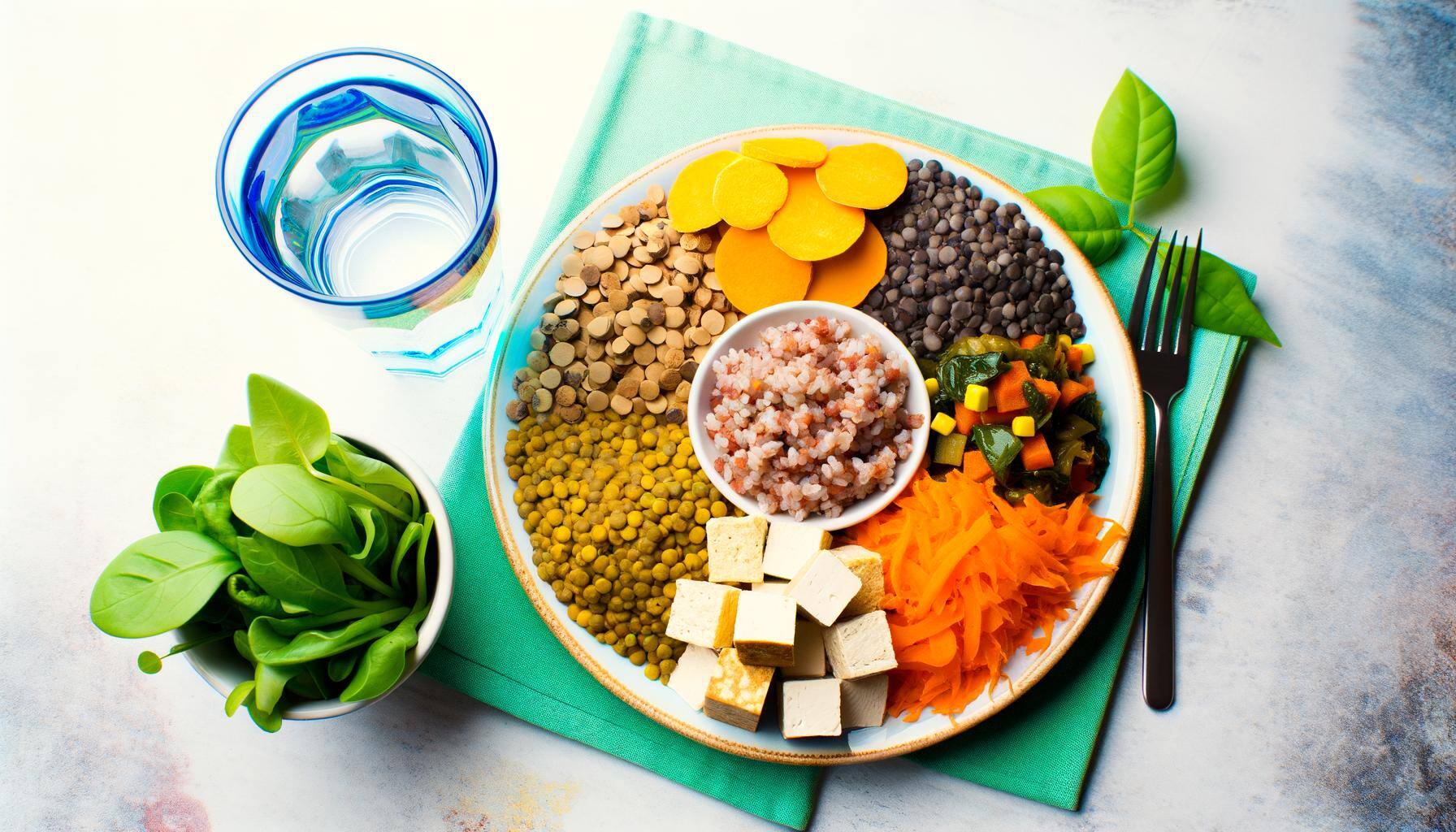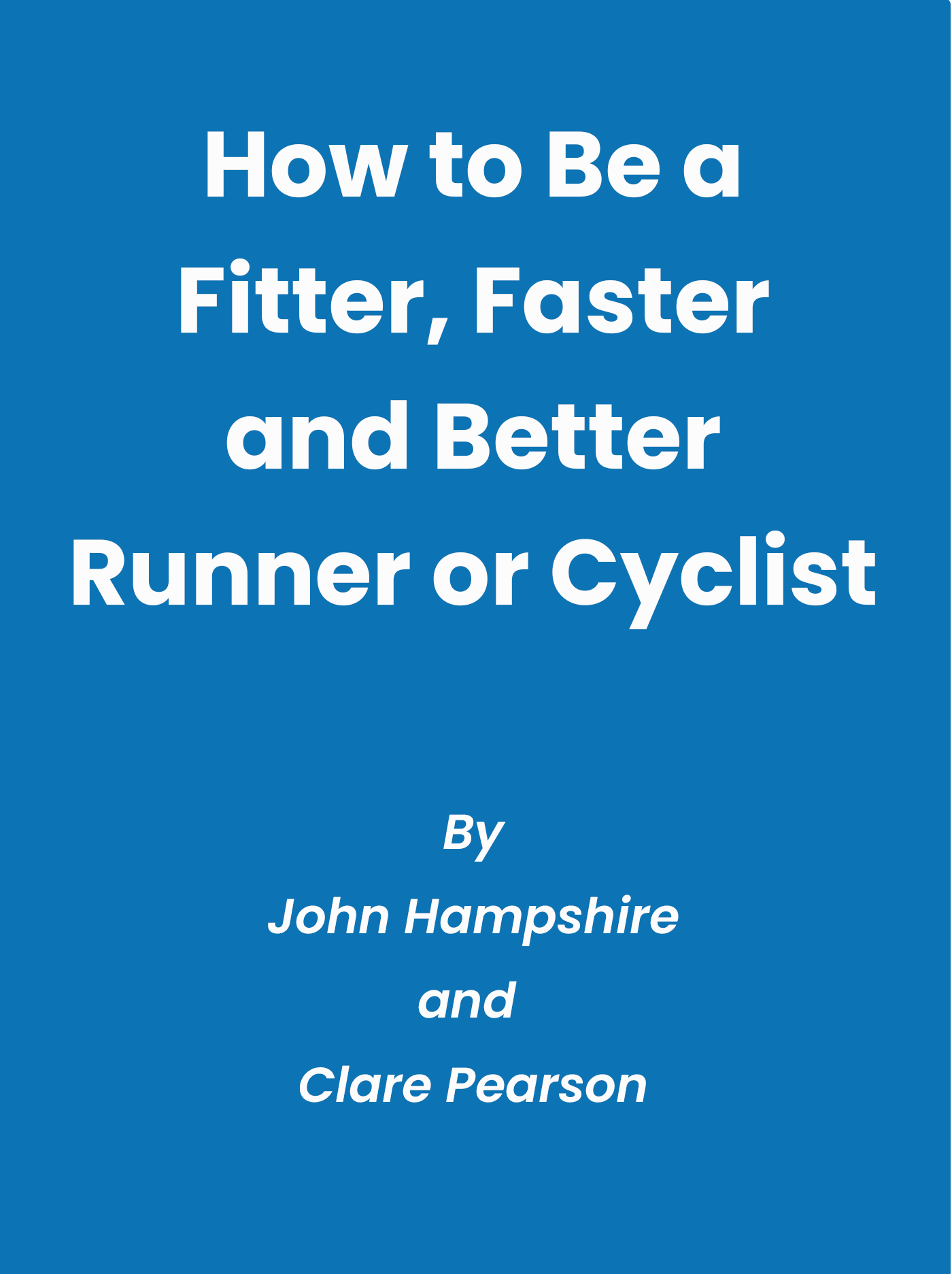A Simple Nutrition Guide for Ultra Endurance Athletes

There is a lot of information out there about nutrition for ultra endurance athletes. We thought we would produce a simple guide cutting through the fad diets and often confusing advice.
Base Diet
There is no magical formula that will make us thinner, faster or healthier. There are however a few basic principles which will help us stay healthy starting with a good, healthy base diet.
Our base diet is what we eat day to day to fuel our loves outside of any sport we do. It will (all else being equal) enable us to maintain a healthy weight and muscle mass, provide us with all the energy, vitamins and minerals we need, as well as the building blocks the body needs to keep regenerating and stay healthy. It should include:
Macronutrients:
- Carbohydrates - complex slow release carbohydrates found in bread, rice, pasta and including some wholegrain versions (brown bread/rice/pasta) work best.
- Protein - lean protein coming from plant based sources should include all branched chain amino acids. Soya (as tofu, tempeh, milk or a whole legume) contains all the branched chain amino acids you need.
- Fats - most people easily manage to get enough omega 6 fats, omega 3's can be harder but can be found in ground linseed, chia some specially produced margarine spreads, walnuts and rapeseed oil.
Micronutrients:
- The vitamins and minerals your body needs to function and stay healthy
- If you eat a variety of fruits and vegetables each day you usually get all the vitamins you need. A good trick is to make sure your plate is 'colourful' the more natural colours you have on your plate the better. The exception is B vitamins if you are following a vegan diet; you will need to take a supplement for this.
- If you are worried that you might not be getting enough getting a thorough blood test can usually highlight any problems. A qualified doctor can then advise you if there any problems.
The number of calories should equate to your base metabolic rate (BMR). You can spend time working this out, although it is not completely accurate so I prefer to use the Athlete's Plate® system developed by Meyer, NL with UCCS' Sport Nutrition Graduate Program in collaboration with the US Olympic Committee's (USOC) Food and Nutrition Services. You can find a summary of these here.
The principle is simple enough there are 3 plates relating to different phases in a training cycle.
Easy Training/Weight Management
In this phase we aim to have 50% of our diet made up of fruit and vegetables, 25% carbohydrate and 25% lean protein and include 1-3 teaspoons of fats.
Moderate Training
In this phase we aim to retain 25% of our diet as lean protein and then split the remaining 75% equally between carbohydrates and vegetables. We increase fats to 1-2 tablespoons per day.
Hard Training
In this phase whilst retaining 25% of our diet as protein we increase the percentage of carbohydrates to 50% and reduce the vegetables to 25%; we increase daily fat intake to 2-3 tablespoons per day.
Making these small adjustments to our 'plate' helps ensure we are eating a good base diet to match our day to day needs in different phases of our training cycle.
The best way to monitor this is to ensure our weight is stable and we feel sufficiently energised for day to day life.
This base diet needs to include good hydration; in general drinking half our body weight in kg of water should meet our day to day needs (e.g. if someone weighing 60 kilos would need about 3l of water per day).
In addition to our base diet we need to fuel training and before, during and after. Whilst short easy sessions can (generally) be absorbed into our base diet and need no special consideration, high intensity training (above zone 2, endurance, easy chatty intensity) and long sessions need extra fuel in addition to our base diet.
Before
Before an intense workout or a long endurance workout having a carbohydrate snack with a small amount of protein for muscle support ensures we start the workout fuelled. For example, a slice of wholemeal toast with some peanut butter and jam 1-2 hours before a workout can work well.
It's a good idea to experiment so you find snacks that work for you; you want to feel energised but not bloated. Keeping track of what works will mean you can use it again and again.
For particularly intense workouts we often need something that the body can access very easily like a sports gel/bar specially designed for pre/during workouts.
Following a generally good hydration strategy enables us to start our workouts adequately hydrated; this is a key ingredient to getting the most workouts and optimising the body's ability to process the energy we put in.
During
For workouts of 90 minutes or less a pre-workout snack is probably enough, although if it's a particularly challenging workout having a gel/snack with you 'just in case' can help avoid a sudden unexpected dip (bonk).
For longer workouts in general we are aiming to consume 200 to 300 calories per hour of exercise (50-60g of carbohydrate).
Energy can come from real food or from prepared gels, bars and sports mixes. These are generally a mixture of fructose and glucose which is easy for the body to access and process and they are designed to be easy and handy to eat on the go.
At Endurance Bike and Run we really like NeverSecond products; you can check them out at Never2.com.
Most athletes find some products agree with them more than others so it's a good idea to experiment and find out what works best for you.
When racing it can be a good idea to try and ingest more as it has been shown to improve performance (up to 90g of carbohydrates per hour). This needs practice so that the gut is primed or 'trained' to take on the extra load. Trying this in some longer sessions that are very close to the demands of your key event usually works well.
We also need to keep drinking as we exercise; the hotter it is and the more we sweat the more we need to drink. Sipping regularly on a drink which includes some electrolytes (salts) will help the body absorb the liquid and prevent bloated feelings. Sports mixes can work well, but adding some sugar and a small amount salt to water can work just as well.
After
As we can't consume all the energy and water we need during long events so we need to keep hydrating and drinking afterwards.
Getting in mix of protein and carbohydrates 1-2 hours after a workout/event has finished will promote recovery and support the fitness gains targeted in the workout. There are plenty of recovery sports mixes to choose from, however, flavoured (soya) milk can work just as well. If it's not too long to wait, the next meal of the day can suffice if it includes lean protein and carbohydrates.
Continuing to sip some (electrolyte) fluid in the hours after a particularly long event is worthwhile as it is not usually possible to drink as much as we have lose through sweat.
Subscribe to our blog
Please share with your friends
Other articles you might like
July 24, 2024


Comments